
.
About de Havilland Aircraft Company Limited.
Amazing The de Havilland company became a member of the Hawker Siddeley group in 1960, but lost its separate identity in 1963. Later, Hawker Siddeley merged into what is eventually known today as BAE Systems, the British aerospace and defence business. The de Havilland name lives on in de Havilland Canada,
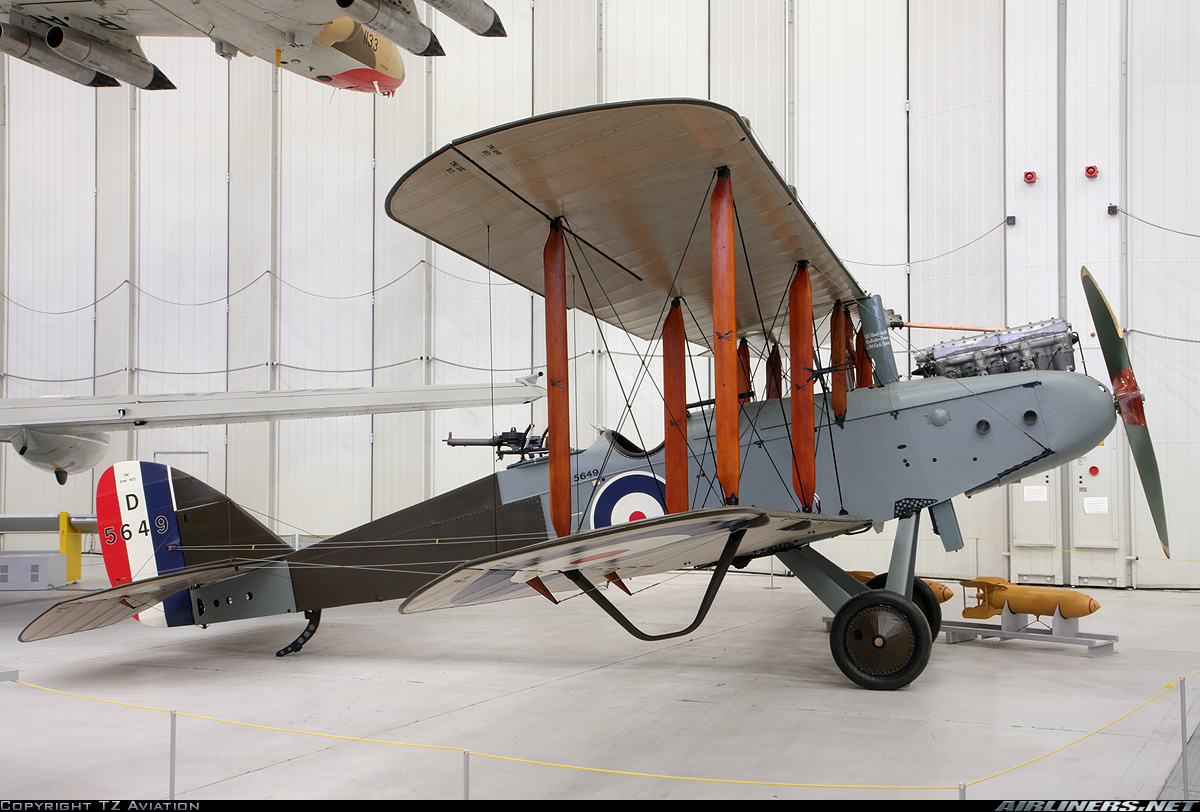
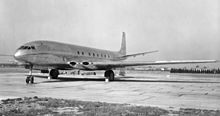


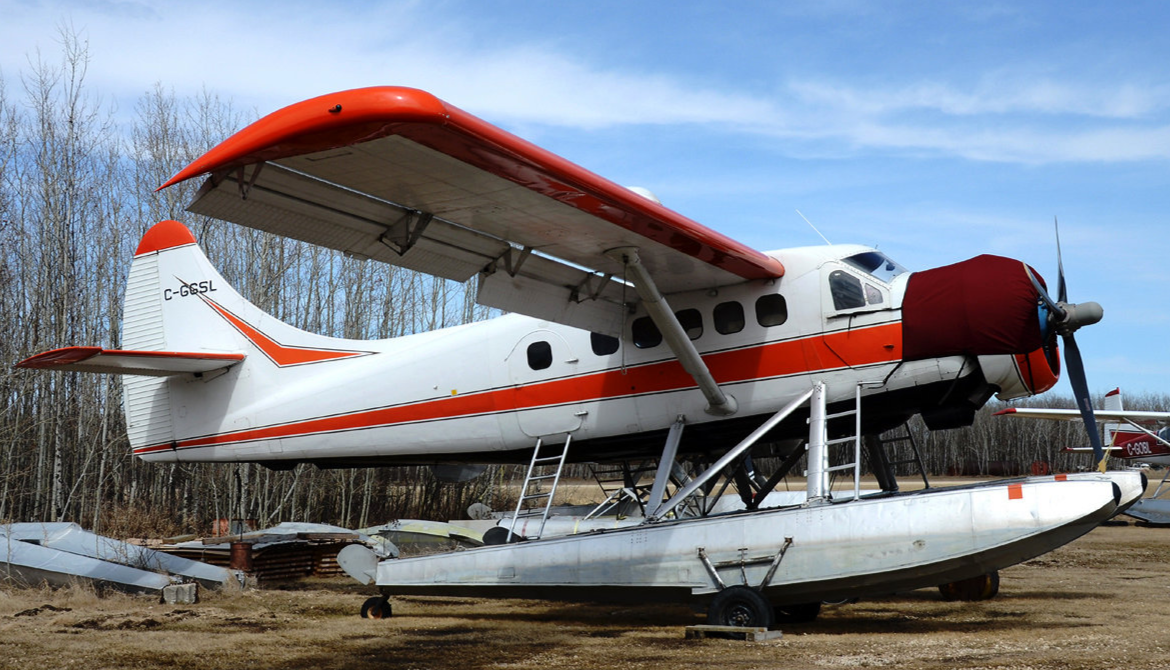

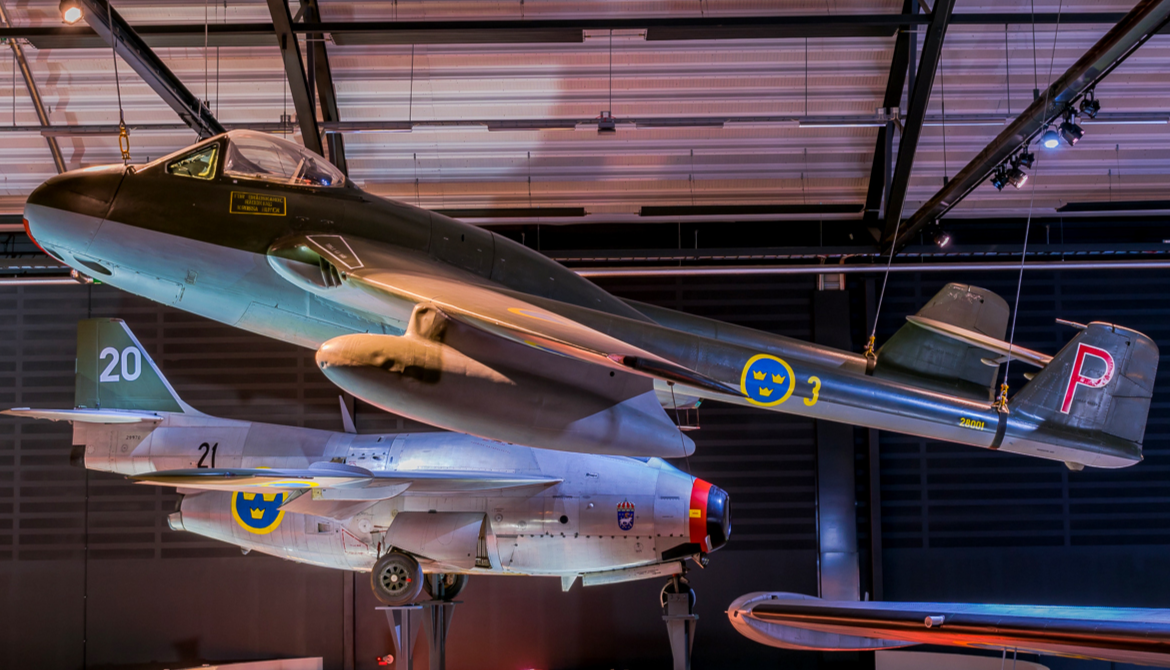

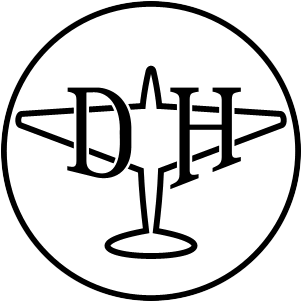



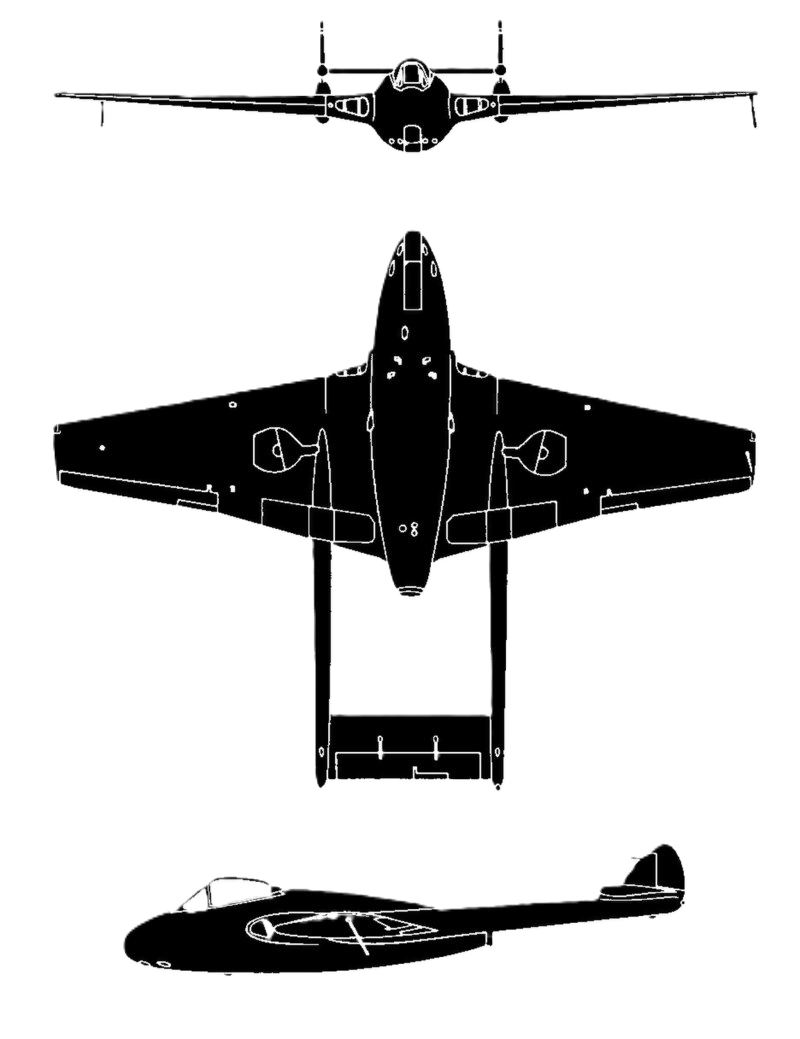

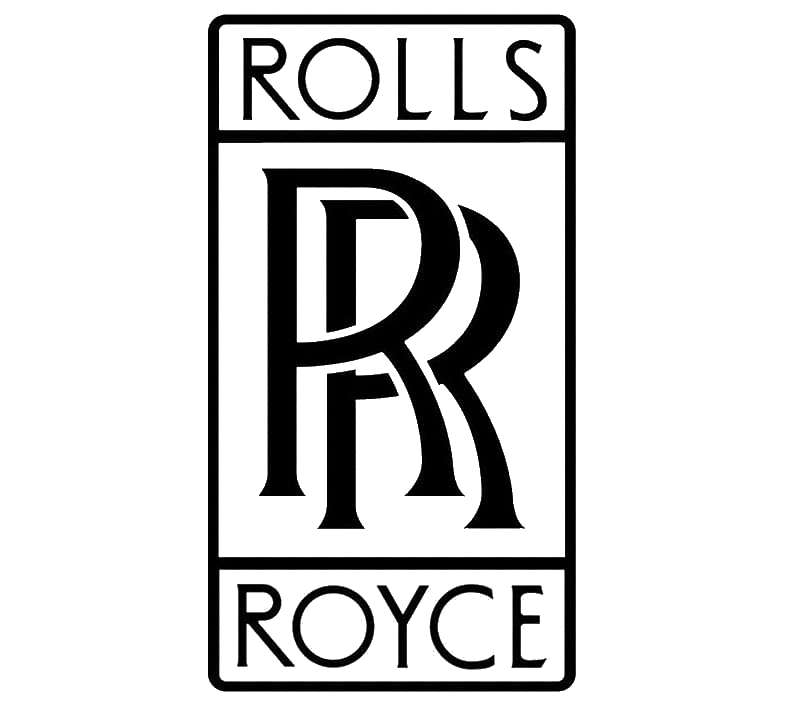
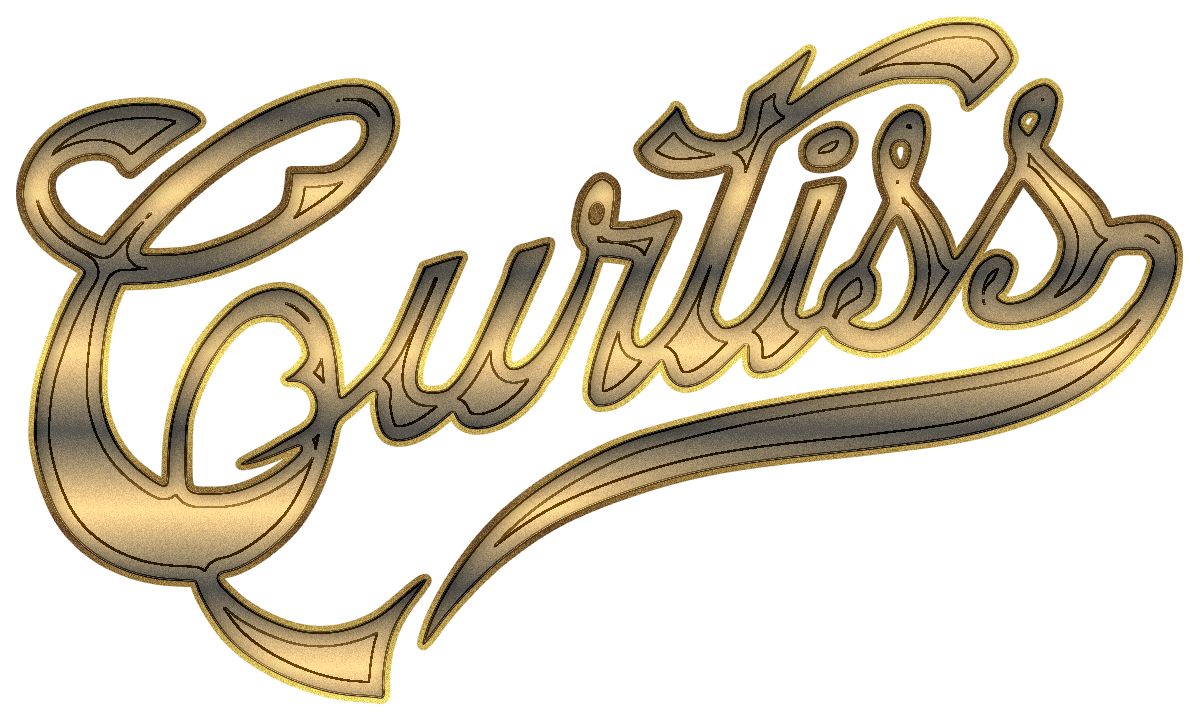
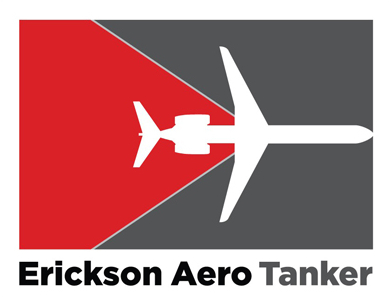
.svg.png)